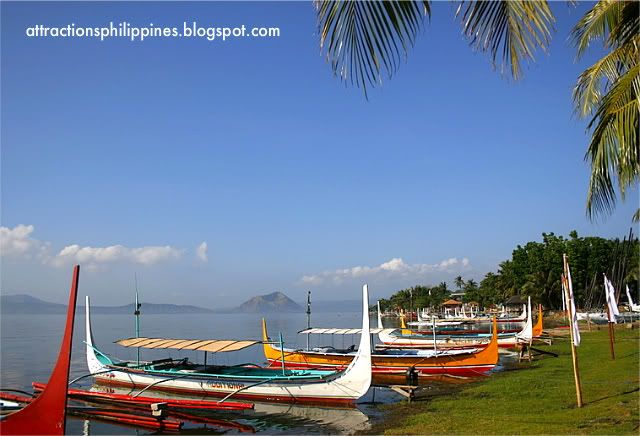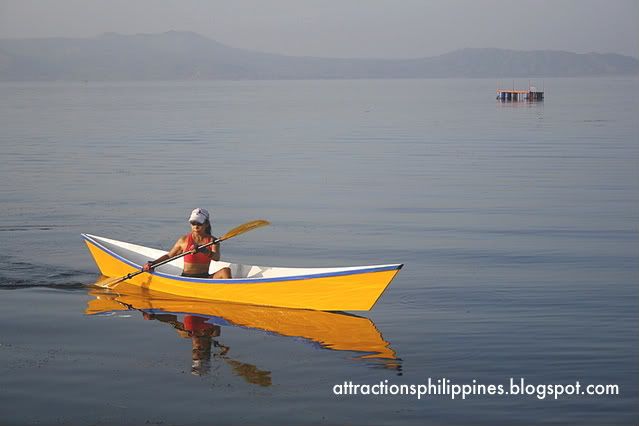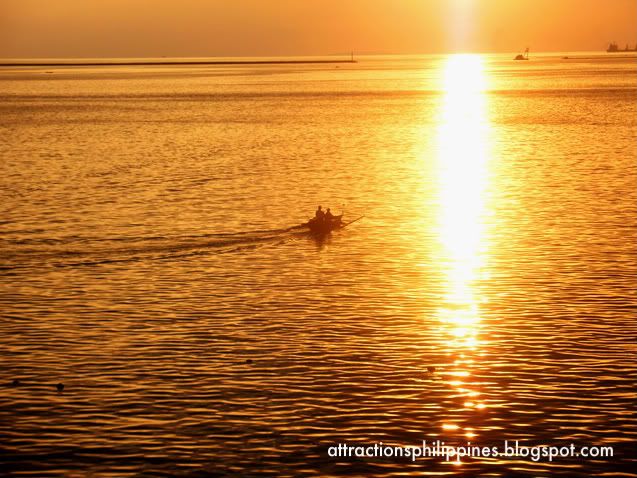Photo from Market Manila.
“Now there are three kinds of fart,” I began. “The first is called Loud and Proud. That’s the kind you don’t want to emit while inside the elevator. The second kind is called Silent but Deadly, which of course offers you the best opportunity to accuse others of what you yourself have done. The third and final one is the kind you wouldn’t want to ever expel, voluntarily or not, whether by yourself or in the presence of other people, no matter where you are, be it out in the open or in some closed space.
“It’s called Wet and Wild.”
At this, two pairs of the whitest lips on earth flung open. Mine were just as white. In any case, during that aimless lovely chat I was having with our two housekeepers, Lisa and Ambay, both from Tuguegarao City in Cagayan, I enjoyed my contributions to the conversation as much as they did theirs.
Everyone but the three of us had left the table after dinner when Lisa produced from the fridge a huge, unpeeled singkamas – popularly known as “jicama” in foreign soil: a creamy white, fibrous, juicy plant, the edible roots of which are slightly sweet and mostly tasteless.
Now, we all know that tropical fruits are one of the most compelling attractions in the Philippines. The range is endless, and we can talk about it another time, but for now one has to understand that if one ever runs out of things to do in the Philippines, which is highly unlikely, he or she can always try a tropical fruit or two. Like this singkamas thing. In the Philippines, shopping? Don’t miss the local fruit markets.
Lisa pounded the singkamas against the mat-less dinner table like an ancient gavel. “Anybody wanna piece of this?” she asked. Ah – Loud and Proud.
In countries with climates warm enough for its cultivation – countries such as China and others in Southeast Asia – singkamas is usually eaten raw. Not much was different in the “jicaman” tradition for the three of us Northerners (with common provinces in Cagayan, that is) – except that after peeling, slicing, and dicing the spherical root and then pouring table salt on the singkamas, we soon immersed it in a deep pool of vinegar. (A certified way of making one’s tummy boil and one’s, um, bowels loosen.) Apple cider would be best, but we only had a fifteen-peso glass bottle of Datu Puti white vinegar in the kitchen.
Tonight, in a trance nevertheless best described as mouth-watering, we watched the soft thin slices of an already very moist plant swim and dance in our respective bowls, absorbing as much acetic acid in the vinegar as “jicamanly” possible.
The first slice – eaten with the utilization of a silver teaspoon so we could drink a bit of the, ahem, vin aigre liqueur – was, as always, the most exquisite of all. It was perfectly salty, and sour in the most extreme, most gratifying pleasure. All the possible salivary glands were then at work. No one dared speak prematurely, certainly not among the three of us veterans, because the taste of singkamas dipped in Datu Puti vinegar always lingered in the most sensitive surfaces of the human tongue; made fiery downward passage through the winding tunnel of the esophagus; pierced violently through diaphragm to reach the stomach; and finally, provoked the intestines in a manner not unlike digging too deep to find molten lava. Ah – Silent but Deadly.
The discourse on the art of fart began sometime between our sipping one too many teaspoonfuls and craving for yet one more (“I swear this is the last!”). Ambay shared that during her early childhood days, their father would recklessly discharge intestinal gas despite the humility of their abode in the province.
“The whole family would get out of the house, all of us covering our noses,” she said. “Only Papa remained inside, probably enjoying the remnants of his after-dinner evening breeze.”
Lisa, slicing the last pieces from what remained of our shared singkamas, recounted: “There was one time when my boyfriend visited the house. I remember that mother was there to welcome him. Then I appeared, all twee and happy, when all of a sudden I felt this growl in my stomach. ‘What’s wrong?’ my boyfriend asked. I ignored him and scurried into my bedroom and locked the door. That’s when I finally farted, farted furiously and with all my might.”
Lisa, slicing the last pieces from what remained of our shared singkamas, recounted: “There was one time when my boyfriend visited the house. I remember that mother was there to welcome him. Then I appeared, all twee and happy, when all of a sudden I felt this growl in my stomach. ‘What’s wrong?’ my boyfriend asked. I ignored him and scurried into my bedroom and locked the door. That’s when I finally farted, farted furiously and with all my might.”
“I fart all the time when I’m in an elevator on my way to meetings,” I told them. “But come this midnight don’t let me see you two spend too much time in the bathroom. Hot gas can be controlled by anyone with a persevering stomach, but this here,” raising my last slice, trickles of vinegar rolling down my thumb and index finger, “this here is all water.”
Ah – Wet and Wild.
*** Attractions Philippines editor’s note: Want to share your own thoughts and stories on things to do in the Philippines, places to see, fruits to eat, cities and provinces to visit? Just E-mail us at Attractions.Philippines at Gmail dot com or send us a Twitter tweet via @attractionsPI. Thanks for visiting Attractions Philippines!






